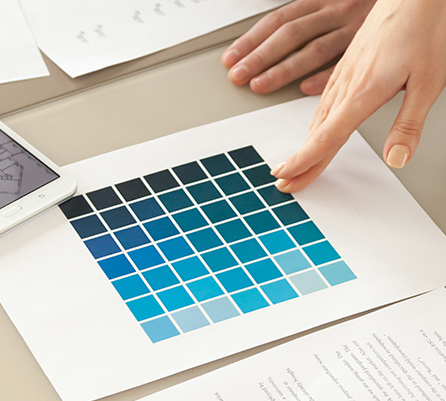

You wouldn’t want to use a GIF for a photograph.īest use = simple web graphics such as web buttons, charts and icons.Ī TIF (or TIFF) is a large raster file. Therefore a GIF is ideal for images that use just a few solid colors and don’t have gradients or natural shades. The fewer colors and shades contained in an image, the smaller the file size. A GIF is formed from up to 256 colors from the RBG colorspace. Therefore a PNG is ideal for saving logo files for websites because they can be placed over a colored background.īest use = logos, icons and other images where a transparent background is preferred.Ī GIF is another raster image type. For the general marketer, the main difference to understand between a PNG and JPG is that a PNG can have a transparent background and is generally larger and higher quality. A JPG can’t have a transparent background so they are always in the shape of a rectangle or square with a solid background.īest use = rectangle or square photos and photographs on your website. On the web, you want your images files to be as small as they can be so your site loads quickly, but large enough to still appear crisp and not pixilated. JPGs can be optimized, when saving them out of photoshop, to find the perfect balance of small file size and high quality. JPG (or JPEG) is a raster image that is often used for photographs on the web. DIFFERENT IMAGE FILE EXTENSION TYPES AND THE BEST USE FOR EACH

AI) or create a raster (JPG) with the exact dimensions desired and at 300dpi. Instead you should use a vector version of your logo (.EPS or. That 72dpi logo may look great on your computer monitor, but when it prints at 300dpi it will look pixilated. If have a 72dpi jpg of your logo and it’s 2-inches by 3-inches, it will need to be “stretched” to more than 3 times the size to get it up to 300dpi. For example, let’s say you want to print your logo at 2″x3″ on a brochure. Resizing a low DPI image pulled from the web to fit the dimensions of your print project won’t work because the same finite number of pixels only get bigger and begin to distort. To correctly print an image, it should be at least 300dpi, a much higher pixel density than the web displays. But this same low DPI image may not be suitable for printing on a brochure or packaging. Raster images with a low DPI like 72dpi look nice and crisp on the web. The web, for instance, displays 72dpi (72 dots or pixels per inch) – a relatively low pixel density. These measurements become important when you attempt to use raster images in specific places, such as on the web or in print publications. Units of measurement such as dots per inch (DPI) or pixels per inch (PPI) refer to the number of pixels in one inch of the image. To determine whether your raster images are a suitable resolution for a specific application, you need to check their pixel density. Whether you opt to flatten the layers of your file or choose to retain each one will determine the image type.

VECTOR VS RASTER ARTWORK EXAMPLE PDF
However, depending how a PDF is originally created, it can be either a vector or a raster file. Just be sure to save the new raster file in the exact dimensions needed. When necessary, always create a JPG or PNG for use on the web from this master vector file. Your company logo and brand graphics should be created as a vector and saved as a master file so you can use it with smaller items such as your business card and letterhead, but also on larger surfaces, such as your corporate jet. Constructed using mathematical formulas rather than individual colored blocks, vector file types such as EPS, AI and PDF* are excellent for creating graphics that frequently require resizing. Vector images, alternatively, allow for more flexibility. Therefore, it is important that you save raster files at precisely the dimensions needed to eliminate possible complications. This is why altered photos may appear pixilated or low resolution. When stretched to fit a space they weren’t designed to fill, their pixels become visibly grainy and the image distorts. Almost all of the photos found on the web and in print catalogs are raster images.īecause raster images are constructed using a fixed number of colored pixels, they can’t be dramatically resized without compromising their resolution. JPEGs, GIFs and PNGs are common raster image types.

Raster images use many colored pixels or individual building blocks to form a complete image.


 0 kommentar(er)
0 kommentar(er)
